| View previous topic :: View next topic |
| Author |
Message |
iangreenhalgh1


Joined: 18 Mar 2011
Posts: 15679
Expire: 2014-01-07
|
 Posted: Sun May 29, 2022 8:45 pm Post subject: Canon f4.8 23mm from IXUS M1 on Olympus OM-D E-M5 Posted: Sun May 29, 2022 8:45 pm Post subject: Canon f4.8 23mm from IXUS M1 on Olympus OM-D E-M5 |
 |
|
iangreenhalgh1 wrote:
Another one of my DIY efforts - I removed the lens and remouted the optic block in the barrel of a tiny c-mount CCTV lens. I thought this lens would be rather good, but it's not, it's sharp and contrasty in the middle, but the edges are smeary, which ruins things. The bokeh has some swirl and the colours are vivid, but it's just not a very useful lens on a M43 sensor due to those crappy edges.
#1

#2
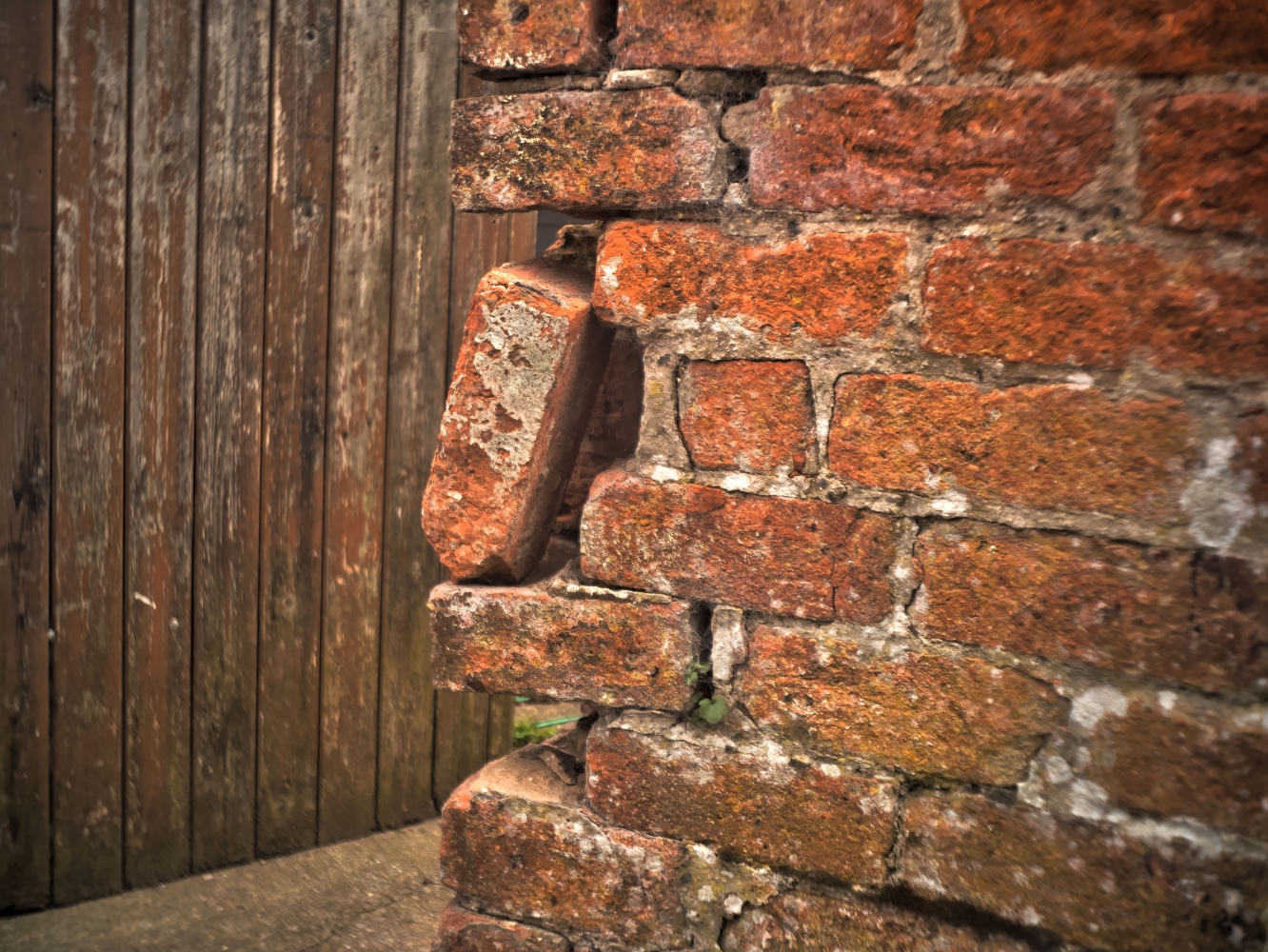
#3
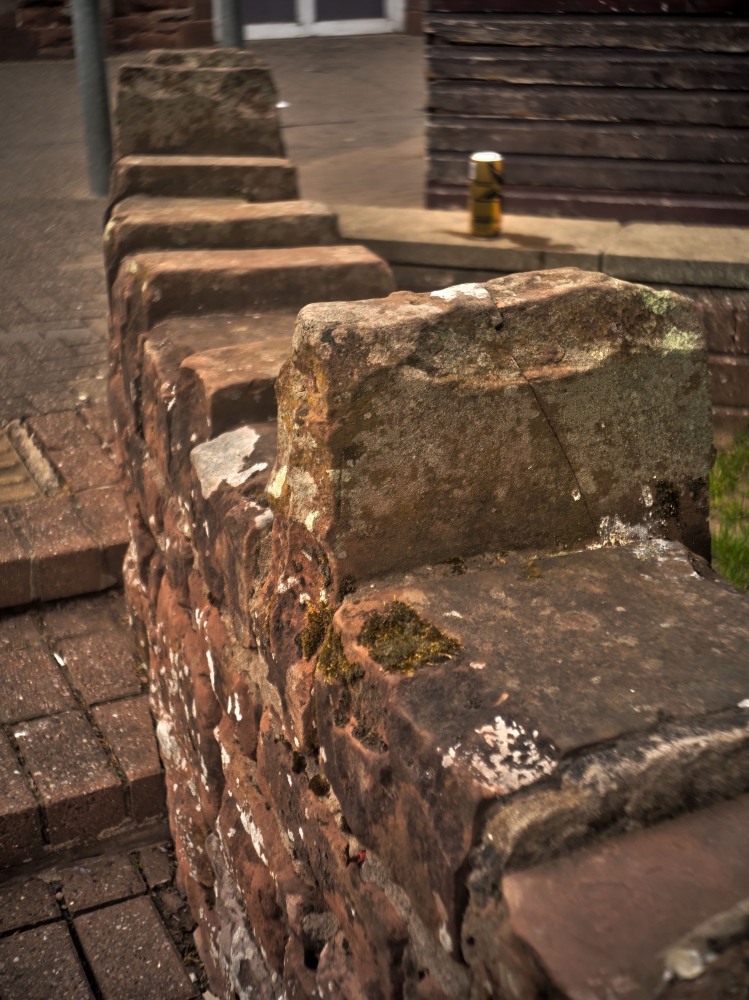
#4

#5

#6

#7

#8

#9

#10
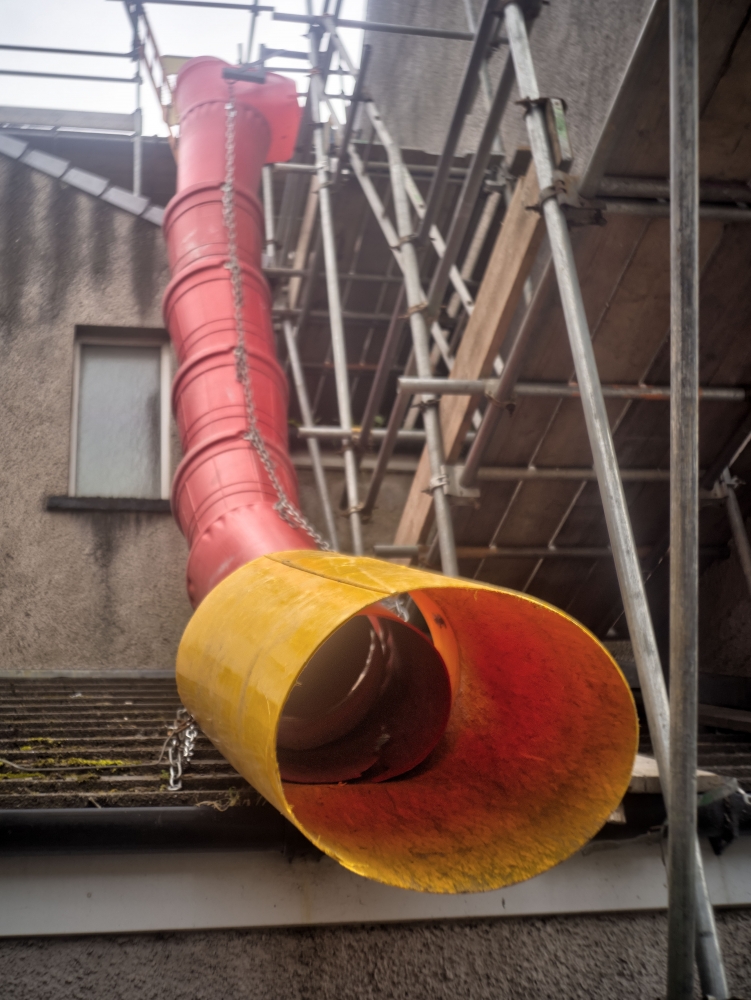
#11
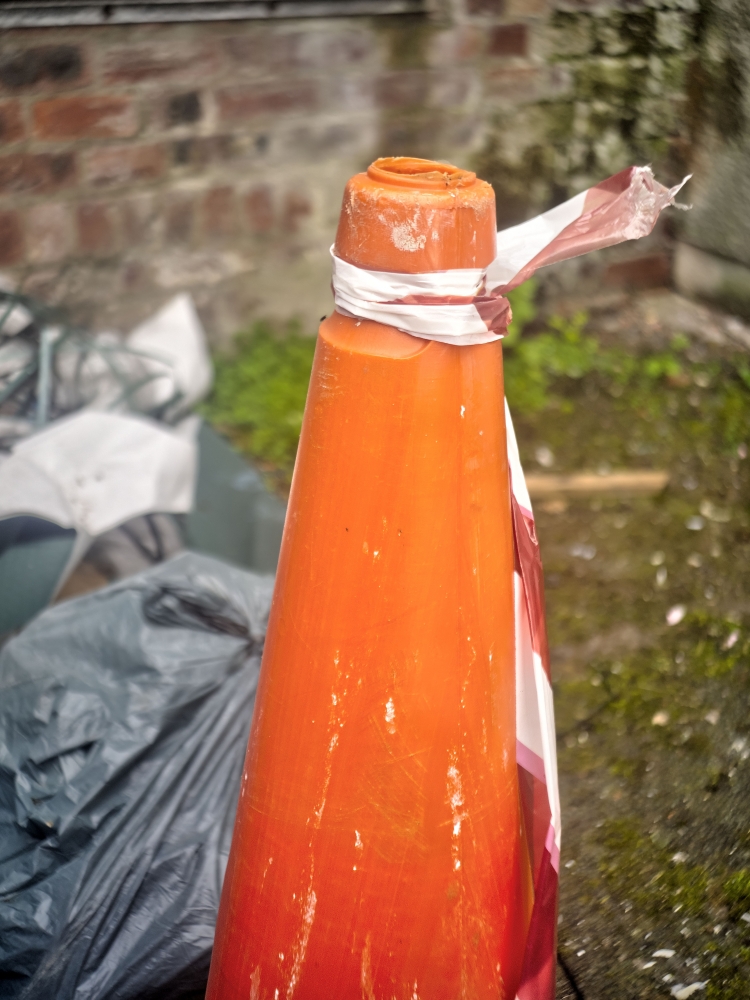
#12
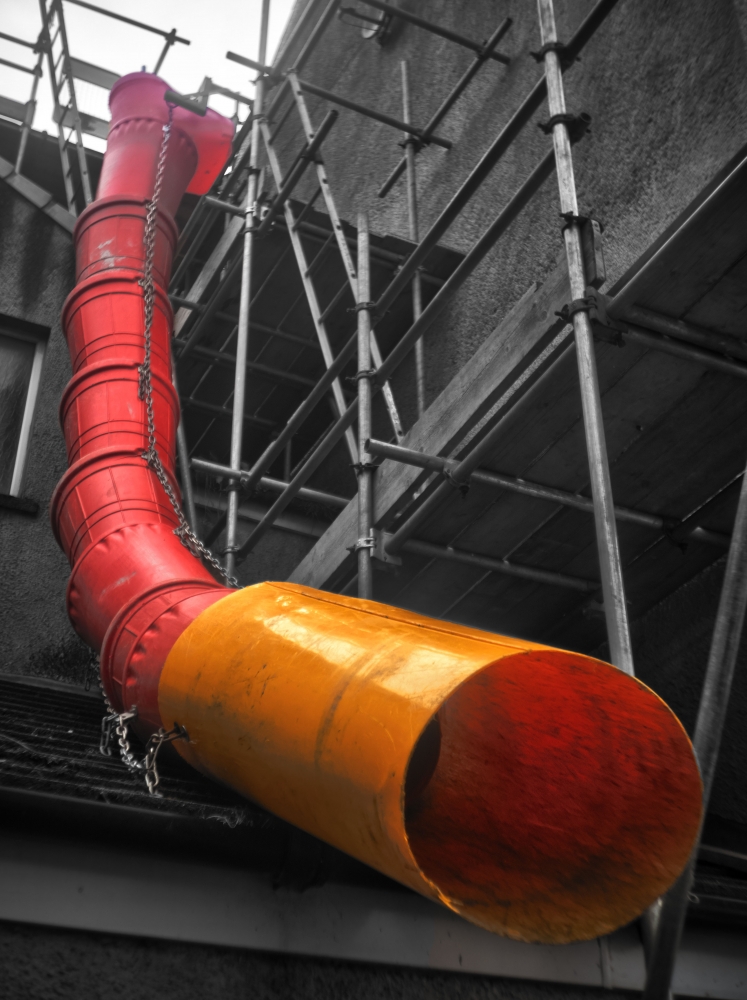
#13
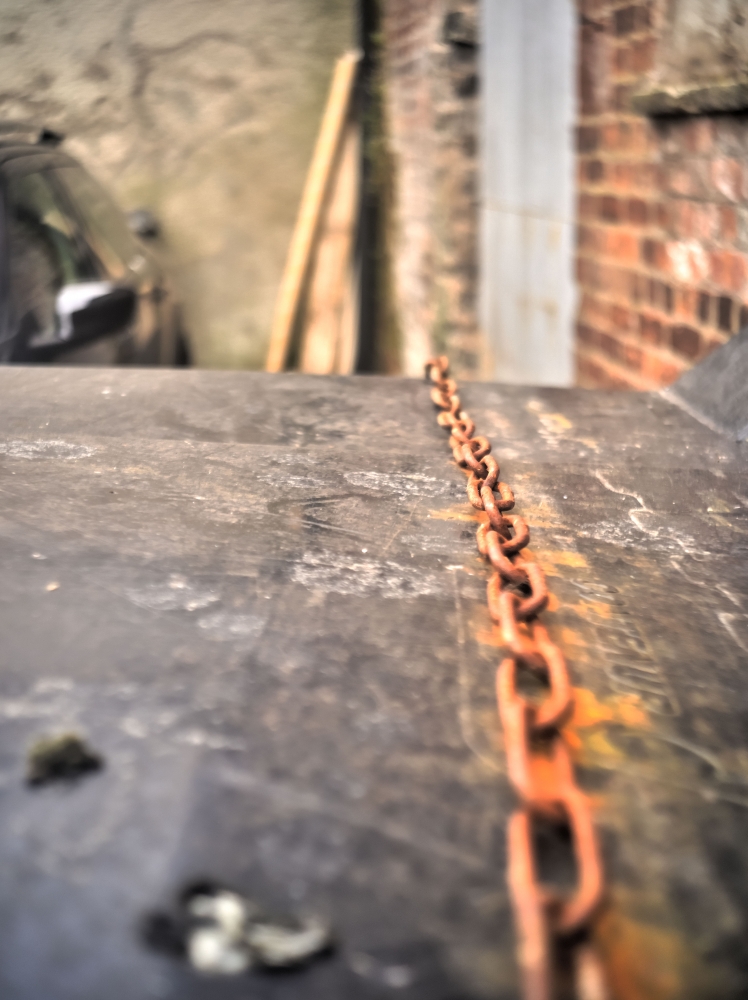
#14
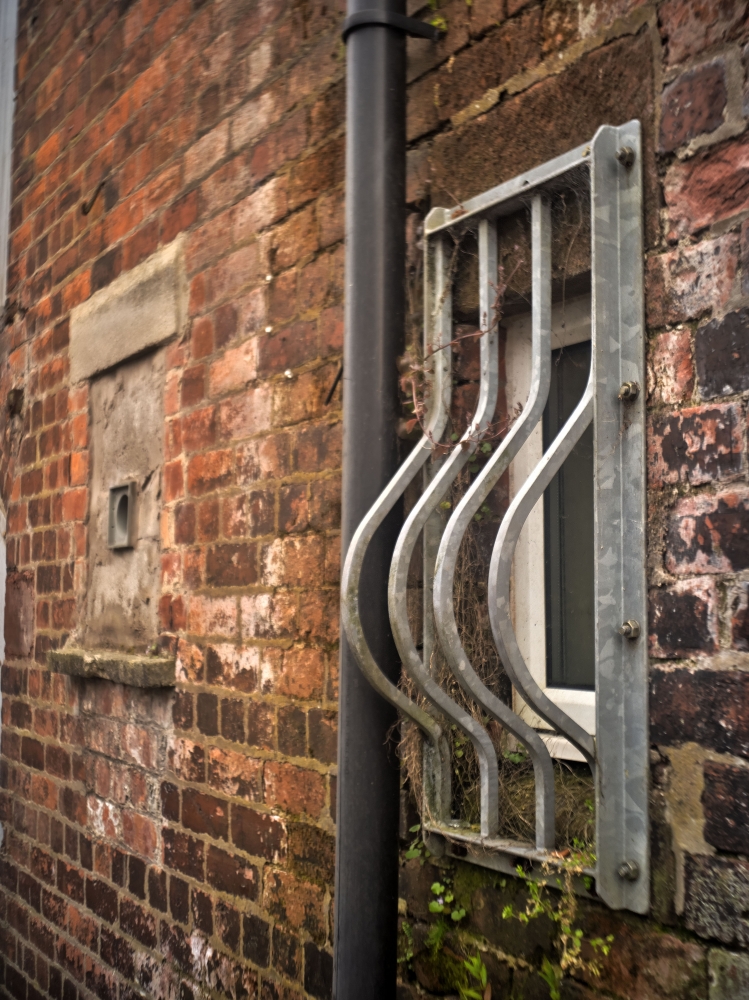
#15
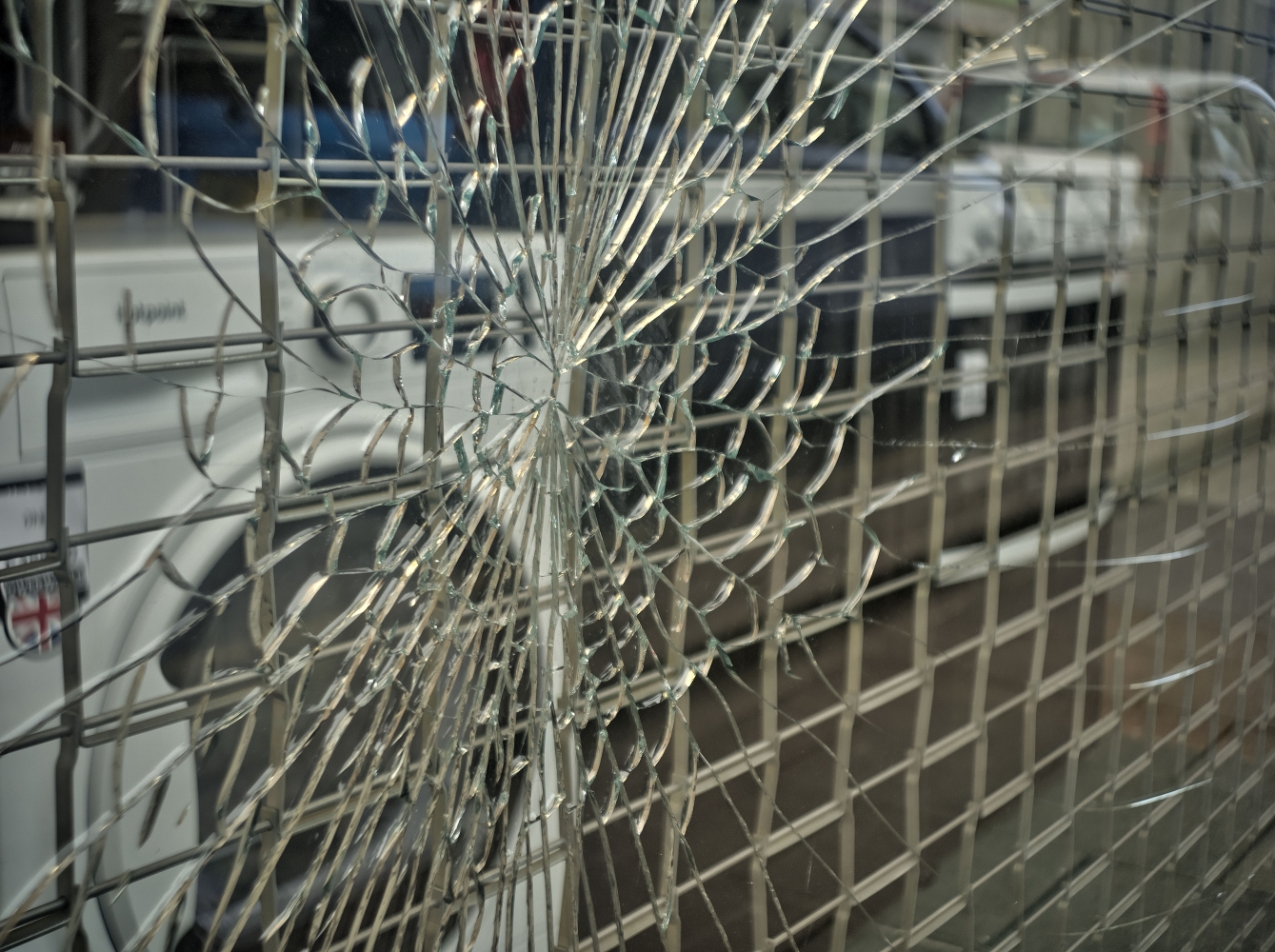
#16

#17

#18
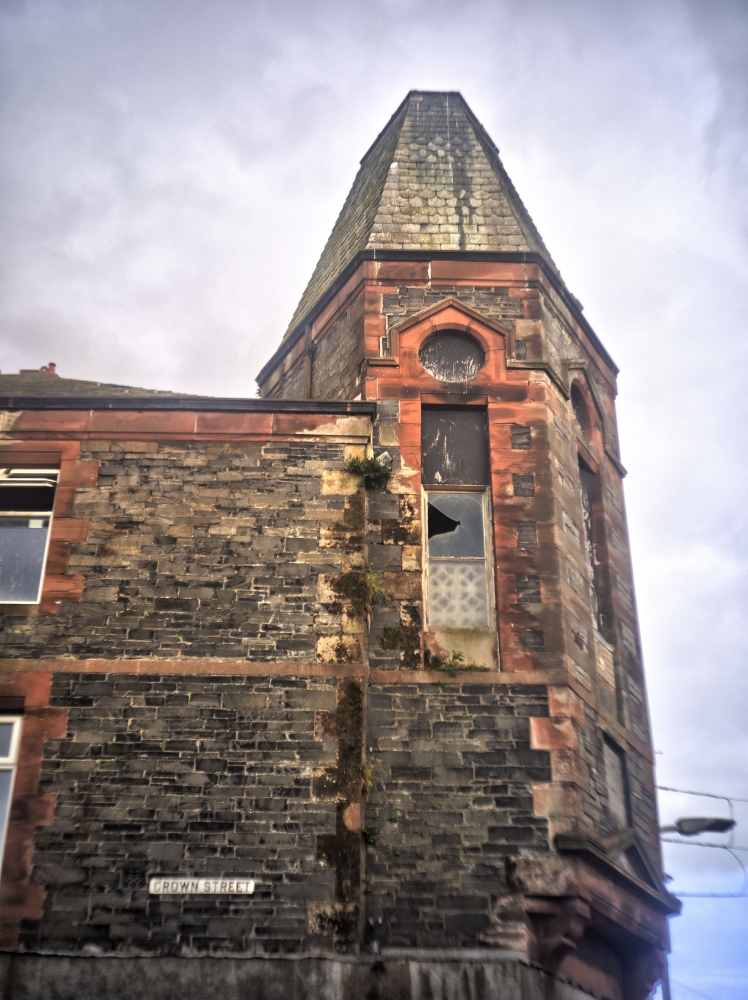
#19

#20

#21

#22

_________________
I don't care who designed it, who made it or what country it comes from - I just enjoy using it! |
|
| Back to top |
|
 |
eggplant


Joined: 27 May 2020
Posts: 517
|
 Posted: Mon May 30, 2022 10:12 am Post subject: Posted: Mon May 30, 2022 10:12 am Post subject: |
 |
|
eggplant wrote:
Now this is very curious, because I've been eyeing up my APS film collection to use on A6000. I didn't know the edges were so poor on M4/3! I have high hopes for the Ixus L1 lens..
I'm sure this is probably an easy disassembly, I will take a look at mine later.
EDIT: Maybe the film chamber was curved? Like on a 35mm disposable. That would explain it partially.
EDIT #2: Just got the lens off a Kodak Advantix 1600, 23mm f6.6, holding it to my A6000 I found it surprisingly sharp right to the edges. C-mount might be pushing it on APS-C for vignetting so I will have to figure something else out.
For what it's worth the flange distance was very short, basically the 16mm of E-Mount. |
|
| Back to top |
|
 |
iangreenhalgh1


Joined: 18 Mar 2011
Posts: 15679
Expire: 2014-01-07
|
 Posted: Mon May 30, 2022 11:52 am Post subject: Posted: Mon May 30, 2022 11:52 am Post subject: |
 |
|
iangreenhalgh1 wrote:
The L1 lens is useless, it won't work on digital at all, I've tried it. It is a 4/4 design with two large very curved outer elements front and back, on digital only a small central portion is any good, the rest becomes a much and there is significant colour shift causing the outer parts of the frame to havea strong purple tint. I think this is due to the incident angle of the light hitting the sensor being too steep.
What will work well on M43 is a lens from a 110 camera, Minolta put some very high quality 4 element 26mm lenses on theirs and the Rollei E110/A110 had a truly wonderful 23mm Tessar.
_________________
I don't care who designed it, who made it or what country it comes from - I just enjoy using it! |
|
| Back to top |
|
 |
eggplant


Joined: 27 May 2020
Posts: 517
|
 Posted: Mon May 30, 2022 12:31 pm Post subject: Posted: Mon May 30, 2022 12:31 pm Post subject: |
 |
|
eggplant wrote:
| iangreenhalgh1 wrote: |
The L1 lens is useless, it won't work on digital at all, I've tried it. It is a 4/4 design with two large very curved outer elements front and back, on digital only a small central portion is any good, the rest becomes a much and there is significant colour shift causing the outer parts of the frame to havea strong purple tint. I think this is due to the incident angle of the light hitting the sensor being too steep.
What will work well on M43 is a lens from a 110 camera, Minolta put some very high quality 4 element 26mm lenses on theirs and the Rollei E110/A110 had a truly wonderful 23mm Tessar. |
That's very interesting to hear on the L1- I was not initially going to do it because I wanted to try looking at Sony E protocol so I could keep autofocus.
But it is interesting Canon chose that route for that lens. And yes, you're right on the steep angle of light.
It could be improved with a PCX filter, which people used with film ultrawides on Sony FF bodies.
I also just disassembled a Nikon Nuvis A20, and found it had a slightly curved film plane for its 25mm lens. |
|
| Back to top |
|
 |
iangreenhalgh1


Joined: 18 Mar 2011
Posts: 15679
Expire: 2014-01-07
|
 Posted: Mon May 30, 2022 12:47 pm Post subject: Posted: Mon May 30, 2022 12:47 pm Post subject: |
 |
|
iangreenhalgh1 wrote:
That's interesting about the Nuvis, I'm always keen to see and hear how others get on with these madcap DIY projects.
Canon used some quite unusual lens designs on the APS cameras it seems. the M1 lens is a tiny thing, 3/3, with the front element bing rather large and very curved, but the rear element and exit pupil being rather small - a third or less of the diameter of the front element.
I also had a failure with the tiny 4 element lens from the Kodak disc 4000, I was curious to try it as it was state of the art in the 70s with the use of an aspherical element and supposedly capable of a rather high resolution. Sadly, on digital it is a no-go as the rear element has to be almost touching the sensor.
_________________
I don't care who designed it, who made it or what country it comes from - I just enjoy using it! |
|
| Back to top |
|
 |
eggplant


Joined: 27 May 2020
Posts: 517
|
 Posted: Mon May 30, 2022 1:19 pm Post subject: Posted: Mon May 30, 2022 1:19 pm Post subject: |
 |
|
eggplant wrote:
The Disc cameras are another curious one, although like you say almost touching the film plane, and made for even smaller negative.
But the use of some aspherics was/still is interesting- although now well adopted in C-mount lenses?
Here's the pic. I couldn't find screws to get the front off so I went looking under this panel- still nothing but after seeing curved film plane I put it away.

Id be curious one day to get the Canon f1.9 110 film camera, also the 110 zooms.
I will check if the M1 has a curved plane.
Curious what other remaining film compact lenses are out there - 126 film? |
|
| Back to top |
|
 |
iangreenhalgh1


Joined: 18 Mar 2011
Posts: 15679
Expire: 2014-01-07
|
 Posted: Mon May 30, 2022 3:08 pm Post subject: Posted: Mon May 30, 2022 3:08 pm Post subject: |
 |
|
iangreenhalgh1 wrote:
126 cameras generally had 40 or 45mm lenses, the best ones were tessar/xenar types, in fact, they were actual Tessars and Xenars as the best of the 126 cameras were German.
C mount lenses appear to make widespread use of all kinds of aspherics and unusual optical schemes, I took a Computar 12mm apart the other day and it had 4 air spaced elements but the layout was like nothing I'd seen before, a thin front element, then a very think, like 6 or 7mm thick but only 6 or 7mm diameter second element, then a couple more positive fairly thin elements, I doubt you'd find anything ismilar in conventional photographic prime lenses.
One camera worth buying is the ubiquitous Nikon L35AF with it's 35mm lens as it's a Sonnar type and very good indeed. These cameras can be had for next to nothing and the optical block is one piece with the paerture and shutter behind it, so pretty easy to rebarrel.
_________________
I don't care who designed it, who made it or what country it comes from - I just enjoy using it! |
|
| Back to top |
|
 |
|
|
|
You cannot post new topics in this forum
You cannot reply to topics in this forum
You cannot edit your posts in this forum
You cannot delete your posts in this forum
You cannot vote in polls in this forum
|
